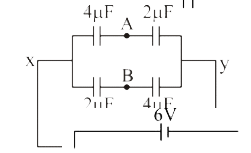A current of I=10 A is passed through the part of a circuit shown in the figure . What will be the potential difference between A and B when I is decreased at constant rate of 102 amp/s at the beginning ?

Video Solution
Text Solution
Applying the law of potential between the points A and B we obtain,
VB−VA=−IR+E−Ldidt
⇒Va−VA=−10×2+12−5×10−3×(−102)=−20+12−0.5=−7.5 volt.
|
Updated on:21/07/2023
Topper's Solved these Questions
- BOOK - FIITJEECHAPTER - ELECTROMAGNETIC INDUCTIONEXERCISE - SOLVED PROBLEMS ( SUBJECTIVE)10videos
ELECTROMAGNETIC INDUCTION
- BOOK - FIITJEECHAPTER - ELECTROMAGNETIC INDUCTIONEXERCISE - SOLVED PROBLEMS ( OBJECTIVE)15videos
ELECTROMAGNETIC INDUCTION
- BOOK - FIITJEECHAPTER - ELASTICITY AND WAVES EXERCISE - Assignment Problems (Objective) Level-II15videos
ELASTICITY AND WAVES
- BOOK - FIITJEECHAPTER - ELECTROMAGNETIC INDUCTION AND AC CURRENTEXERCISE - Example15videos
ELECTROMAGNETIC INDUCTION AND AC CURRENT
Similar Questions
Knowledge Check
- Question 1 - Select One
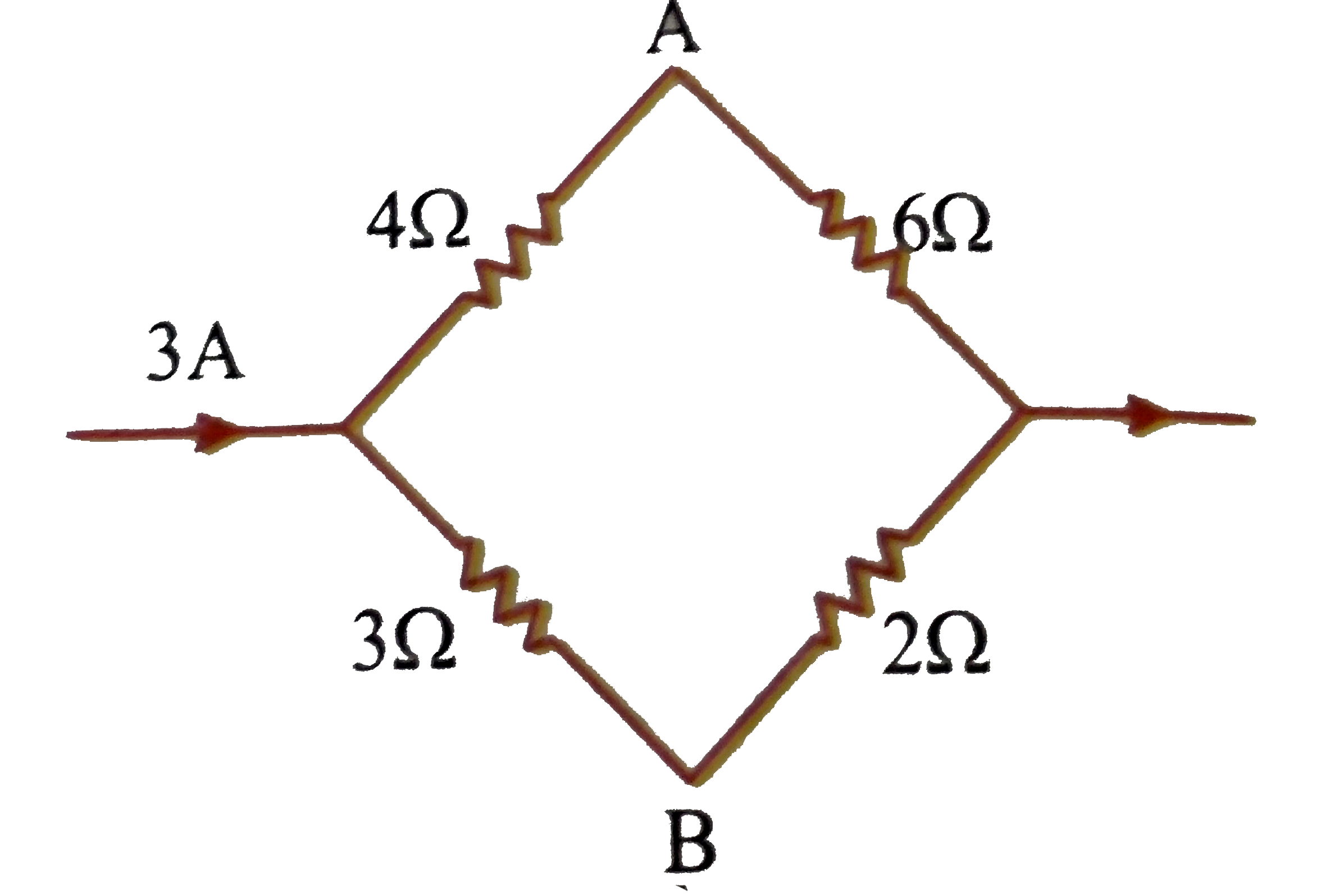
A current of 3A flows in a circuit shown in the figure. The potential difference between A and b isA4VB3VC2VD5V - Question 2 - Select One
In the circuit shown in figure , the diode is ideal The potential difference between A and B is
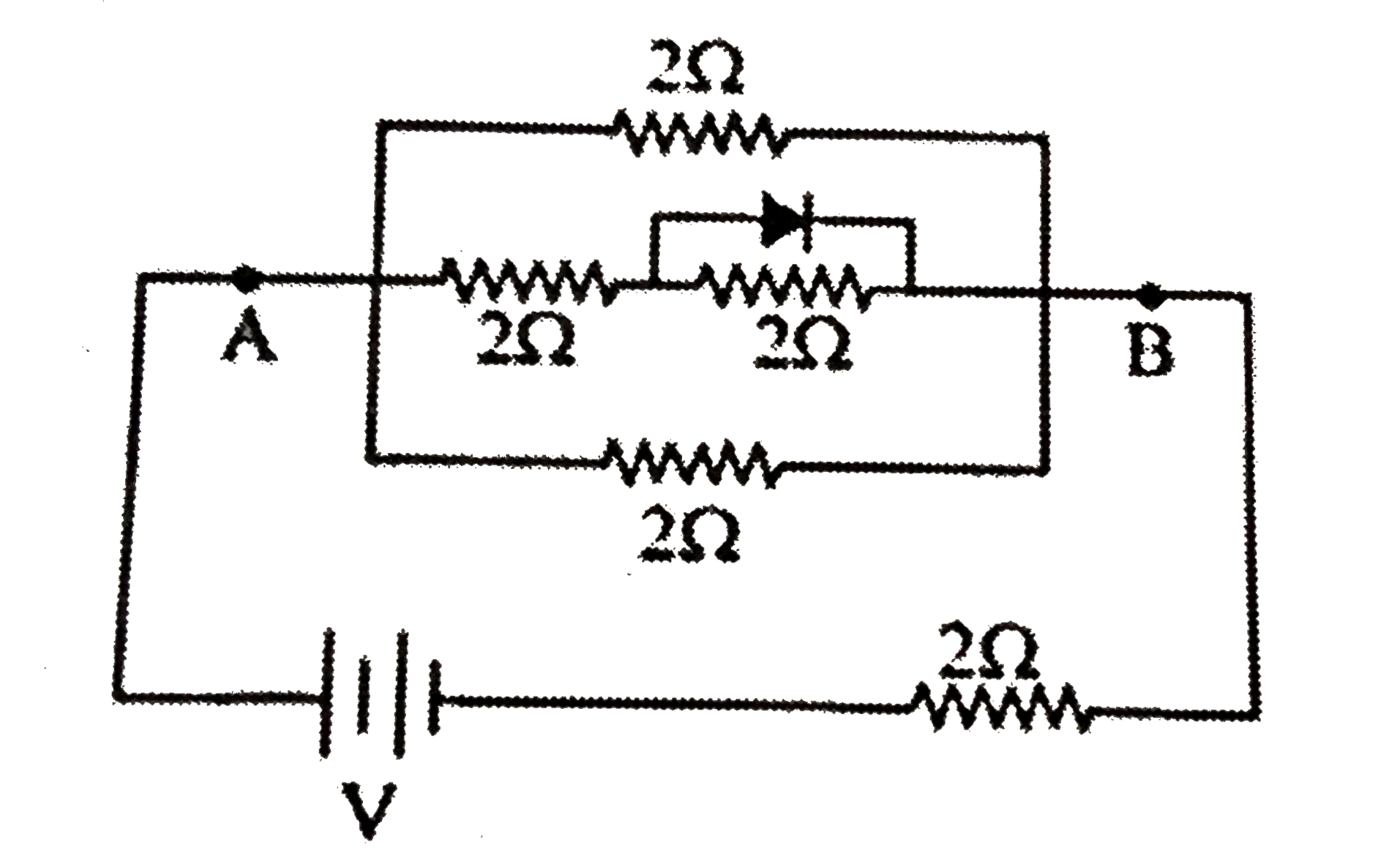 AV/4BVCzeroDV/2
AV/4BVCzeroDV/2 - Question 3 - Select One
In the circuit shown in figure potential difference between A and B is
 A30 VB60 VC10 VD90 V
A30 VB60 VC10 VD90 V
Consider the circuit shown in the figure. What is the value of the current I3 ?
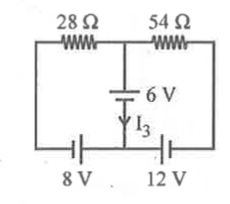 View Solution
View SolutionThere is a electric circuit as shown in the figure. Find potential difference between points a and b.
 View Solution
View Solution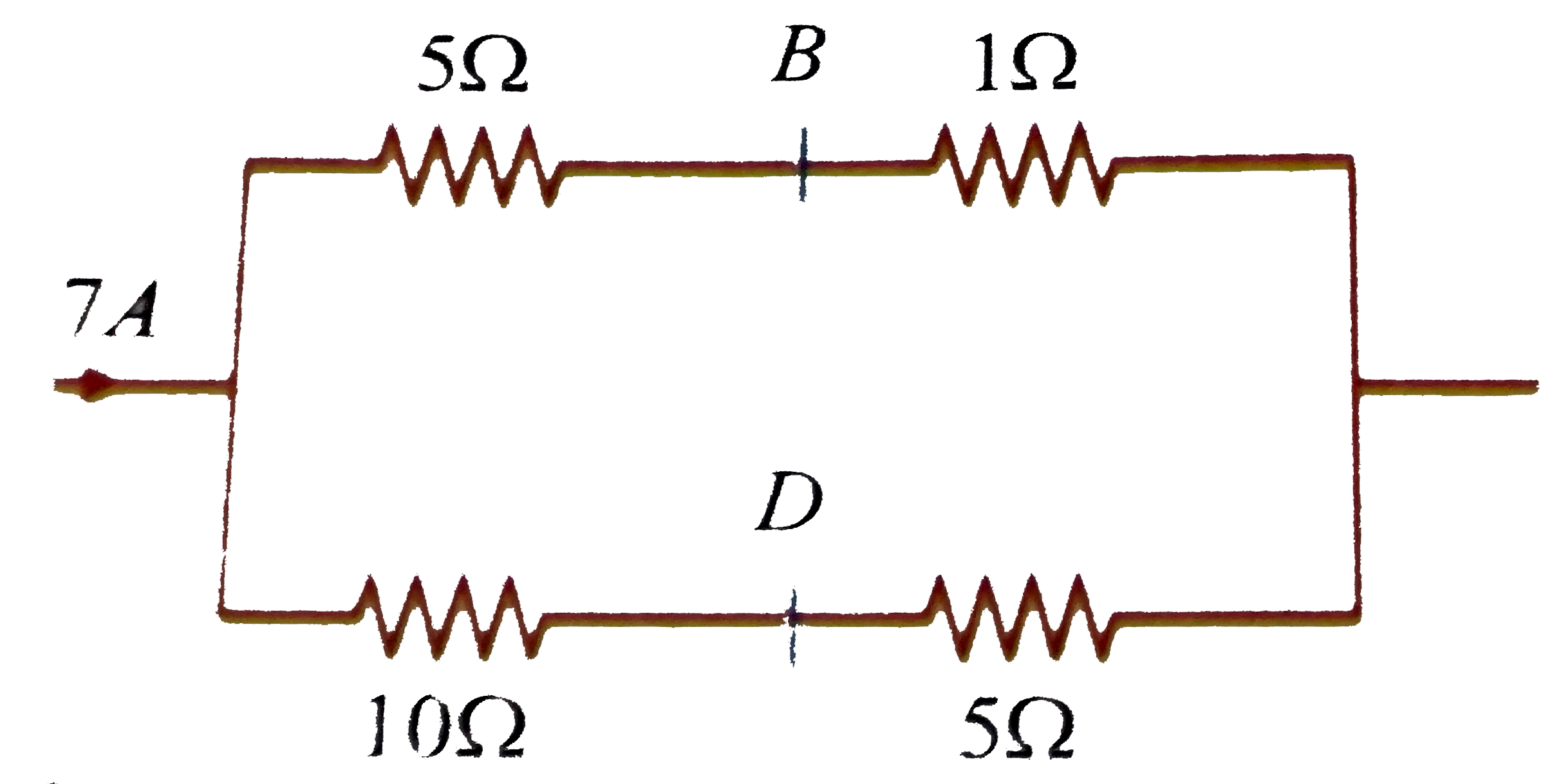
A current of 7 A flows through the circuit as shown in the figure the potential difference across points B and D isView SolutionIn the circuit shown in figure potential difference between the points A and B in the steady state is
 View Solution
View SolutionThe current flowing through 10Ω resistor in the circuit shown in the figure is
 View Solution
View Solution

